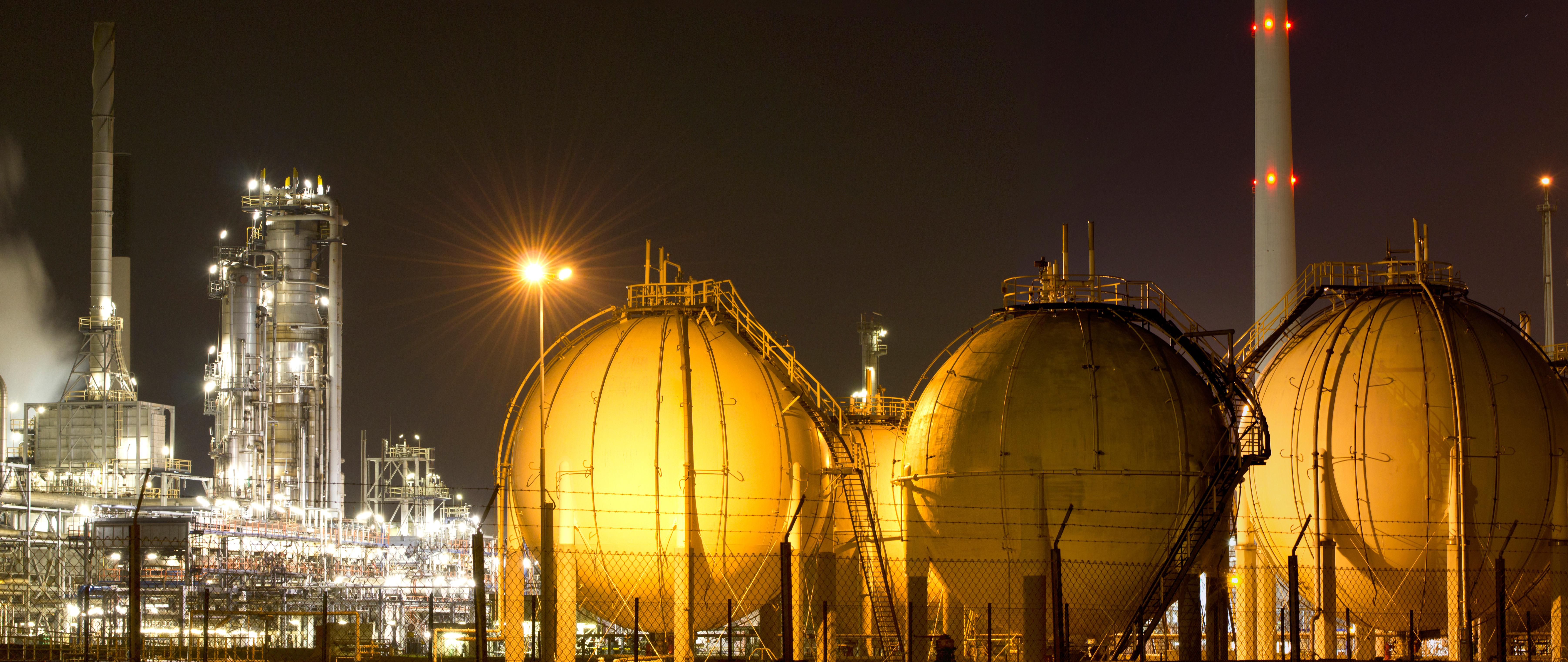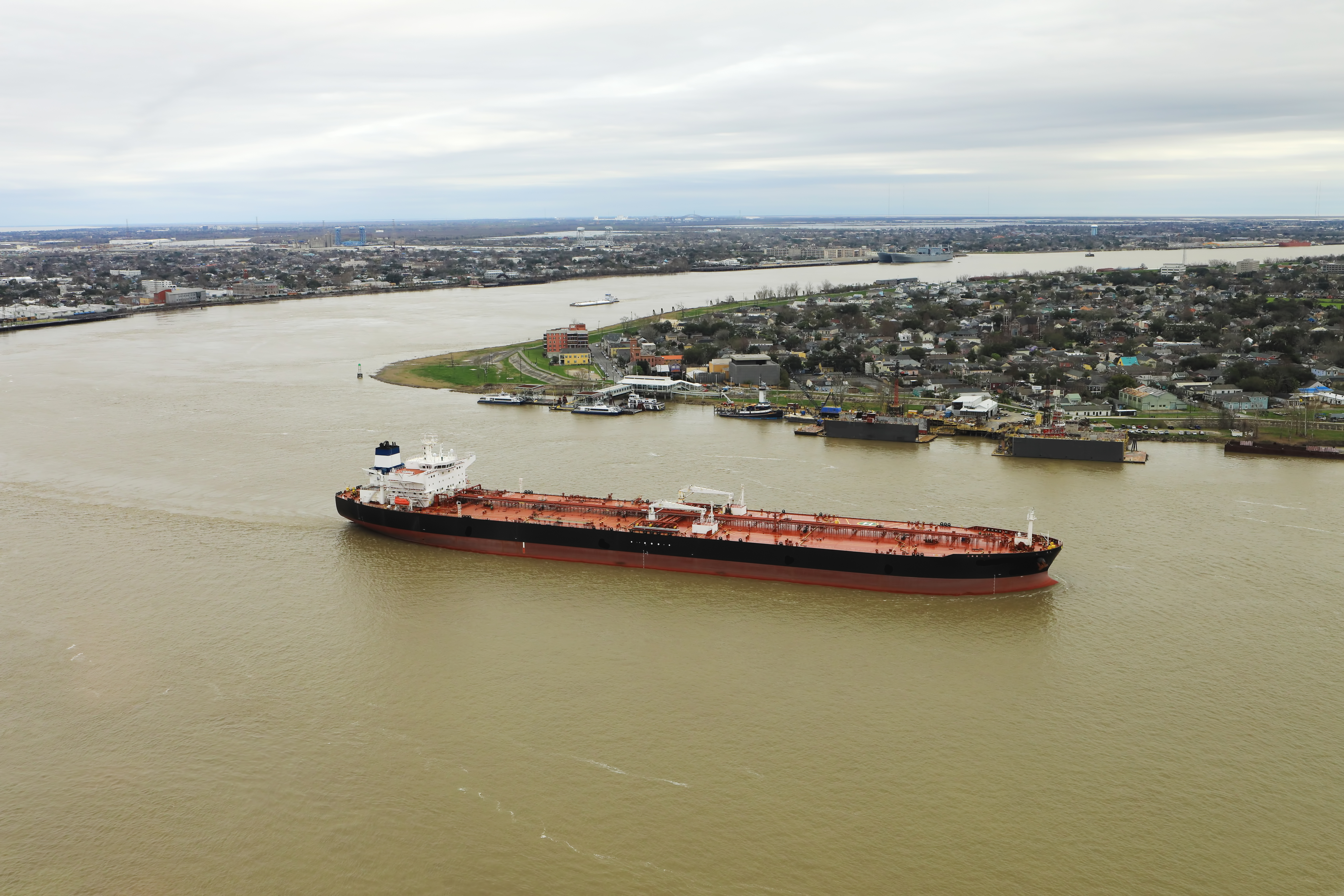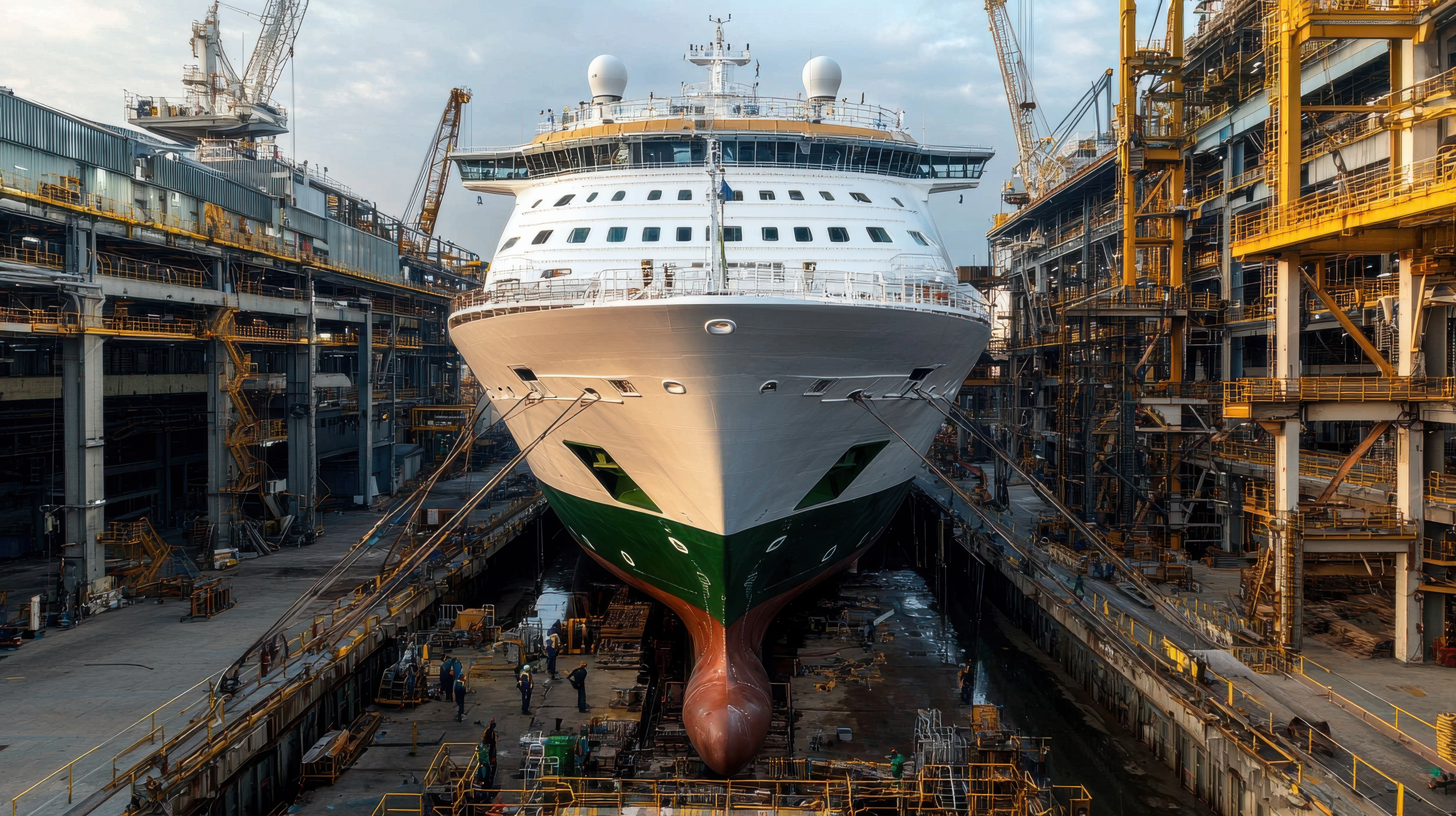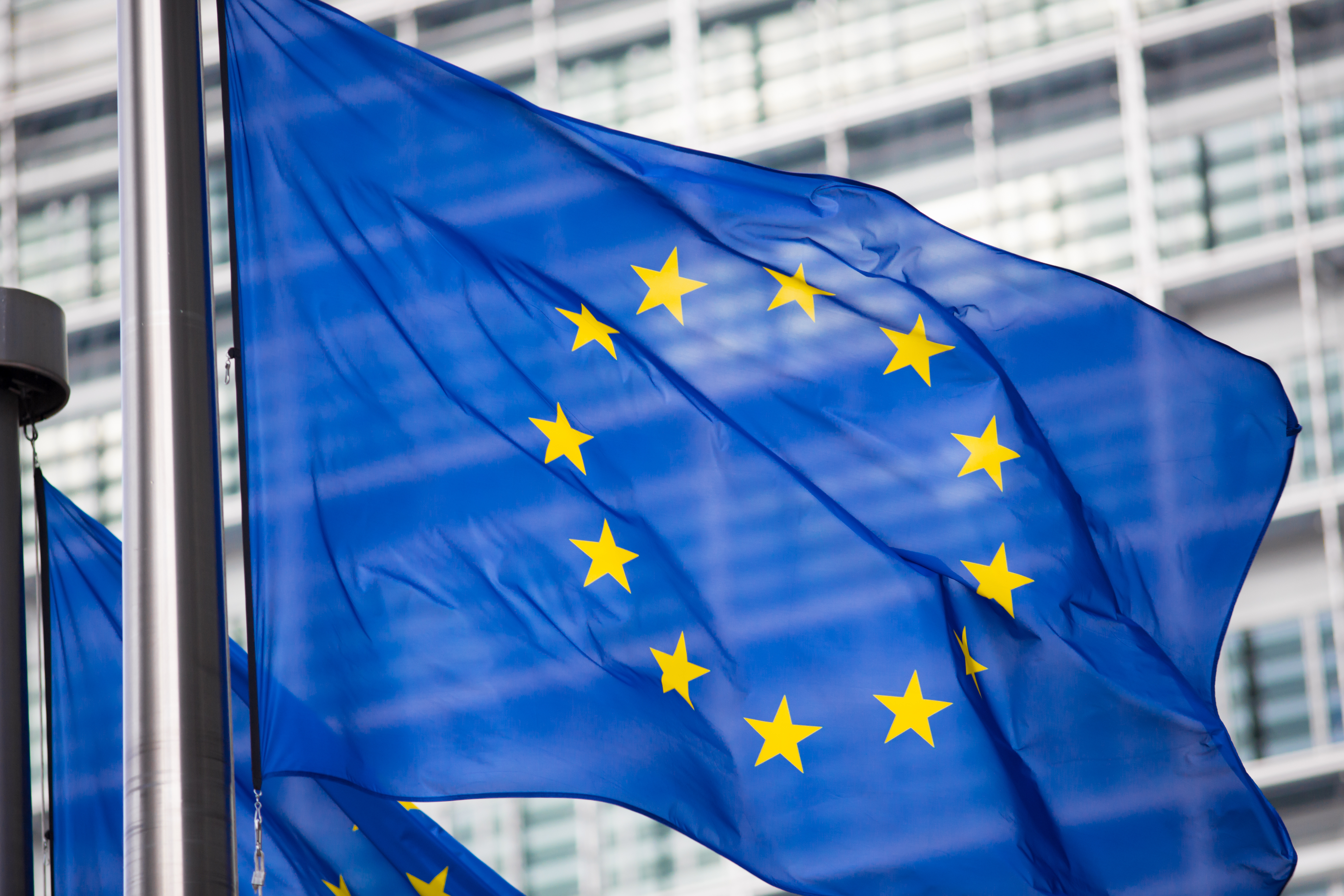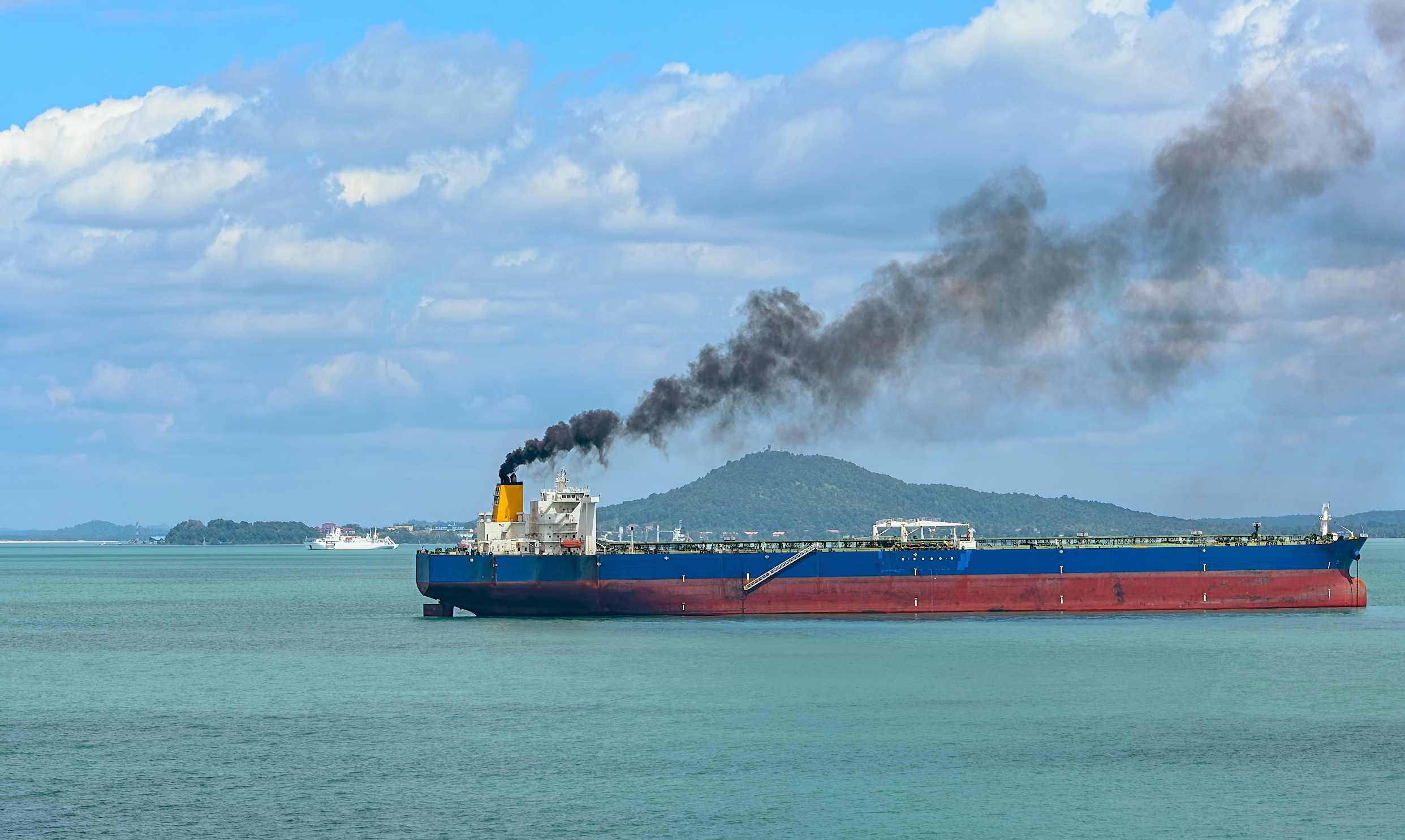
IMO Tier III NOx compliance is now mandatory for new vessels entering certain emission control areas. This article summarises the regulations surrounding NOx emissions and discusses means of control, financials and the associated industry issues.
Nitrogen is a natural element in the atmosphere and also occurs in the chemical structure of residual fuels. In the combustion process of an internal combustion engine, most of the engine intake air consists of nitrogen (N2) and oxygen (O2). NOx is produced by the reaction between atmospheric nitrogen and oxygen at high temperatures in the engine combustion chamber and, to a lesser extent, during the reaction between nitrogen in the fuel and oxygen.
As a hazardous engine emission, NOx is of concern for several reasons. It is responsible for acid deposition, respiratory illness in humans and the formation of greenhouse gases, contributing to the problem of global warming.
IMO Tier III NOx compliance Regulations
NOx emissions are regulated by the International Convention for the Prevention of Pollution from Ships (MARPOL Annex VI). Under Regulation 13 of MARPOL Annex VI, 3 tiers of nitrogen oxide emission limits have been established for engines, namely IMO Tier I, Tier II and Tier III. Each tier limits NOx emissions to a specific value. The different tiers are based on the date the ship's keel was laid. The Tier I NOx limit applies to engines on ships with keels laid on or after 1 January 2000 and Tier II on ships with keels laid on or after 1 January 2011. Tier I and Tier II apply globally, and Tier III standards apply to engines installed on ships with keels laid:
- On or after 1 January 2016, which operate in an existing NOx Emission Control Area (NECA), and;
- On ships constructed and operating on or after the date of adoption of a new NECA.
Based on the above, vessels with keels laid on or after 1 January 2016, operating in North America and the U.S. Caribbean must comply with Tier III (as these NECA areas were adopted on 1 January 2016). From 1 January 2021, the Baltic and the North Sea are also NECA areas. So, vessels with keels laid on or after 1 January 2021, operating in the Baltic Sea or North Sea NECA, must also be equipped with Tier III engines.
Means of NOx control
Tier 1 and Tier II compliance has been achieved through targeted fuel optimization and pre-combustion control technologies, thereby lowering the peak combustion temperature of the engine. However, to meet IMO Tier III requirements, secondary methods must also be used to reduce NOx in the exhaust gas through downstream treatments. These secondary methods include Selective Catalytic Reduction (SCR) and Exhaust Gas Recirculation (EGR) technology. Recently, MAN energy solutions' two-stroke engine business announced that it had received more than 2,000 orders for IMO Tier III-compliant engines using SCR and EGR technologies.
SCR is a popular choice for meeting Tier III requirements because it can reduce NOx emissions by more than 90%. In an SCR system, the exhaust gas is mixed with ammonia, usually in the form of a solution of urea in water. This introduces atomic nitrogen (N) before passing the exhaust through a particular catalyst. The NOx is reduced to harmless gaseous stable nitrogen (N2) and water. In the SCR system, Urea consumption is an operating expense.
Exhaust gas recirculation (EGR) is a method of modifying the intake air to reduce NOx emissions. A portion of the exhaust gas is cooled and cleaned using water before being returned to the scavenge air side. As a result, peak combustion temperatures are reduced significantly. On the negative side, installing an EGR system reduces the combustion efficiency of an engine and therefore increases fuel consumption. Further, in addition to the various other system configurations, a water treatment system and sodium hydroxide (NaOH) dosing arrangement are required to neutralize the water used in the EGR unit before discharging. The discharge of the effluent water must always meet the requirements of IMO MEPC 307(73), 2018 Guidelines for the Discharge of Exhaust Gas Recirculation (EGR) bleed-off water and has similar requirements for SOX scrubber wash water discharge requirements.
Another combination that meets Tier III requirements and is popular in the dual-fuel segment is Otto cycle engines using gas as fuel. An Otto cycle engine, e.g. Low-Pressure Dual Fuel engine, is characterized by low peak combustion temperatures leading to significantly lower NOx emissions. Thus, the Otto cycle combustion process satisfies IMO NOx Tier III limit requirements without requiring emissions abatement equipment (such as SCR or EGR). Note that Tier III compliance without any after-treatment is for the gas mode only. If the vessel needs to switch to fuel oil mode due to operational issues or breakdowns, the ship will no longer be Tier III compliant. Also, the Otto cycle is prone to cause engine knocking at specific conditions and inherent higher Methane Slip.
Each of the above systems have advantages and disadvantages and need careful consideration.
Financials and who bears the cost?
The options for compliance with the NOx Tier III have different financial implications for shipowners and the charterers of these vessels. While the capital expenditure (CAPEX) for dual fuel engines is significant, the EGR has additional operating costs primarily due to the fuel penalty, the additional electricity required to operate ancillary equipment (e.g., EGR blowers and water treatment), disposal of the sludge generated during EGR and NaOH consumption. The SCR system is efficient for both diesel fuel and DF engines to meet Tier III requirements, but there are operational considerations in addition to CAPEX. The operating costs for SCR systems are mainly related to urea consumption and catalyst replacement after certain hours of operation.
Recently, Intertanko published a model clause on urea consumption for time charter contracts. Intertanko's model clause provides that the charterer is responsible for all consumption of urea or equivalent chemicals if the vessel is ordered to trade or transit through a NECA. Therefore, vessel operators must provide accurate information on urea consumption and keep records of the change from Tier II to Tier III. This will also be part of statutory records required to be kept by the ship when entering or leaving an NECA or when there is a change of status within such area, along with the vessel's position.
As with all new equipment and technology, appropriate crew training is essential to prevent incidents and accidents. Also, charter party negotiations for ships trading or transiting NOx emission control areas might be required to avoid future disputes.
Further reading on the technical aspects: ABS Advisory on NOx Tier III Compliance (eagle.org)


